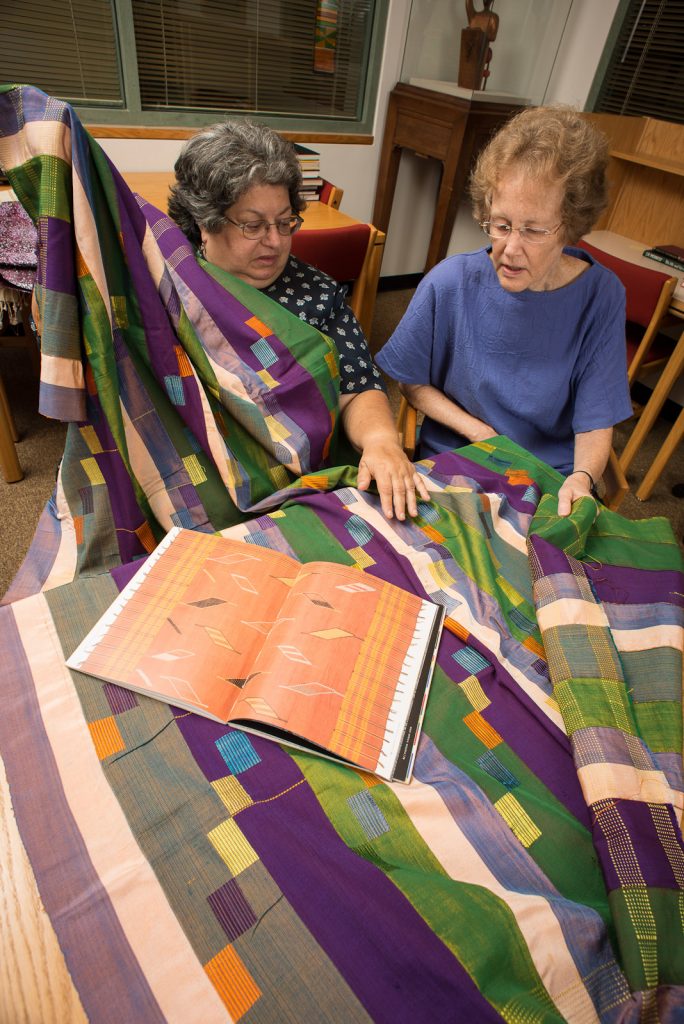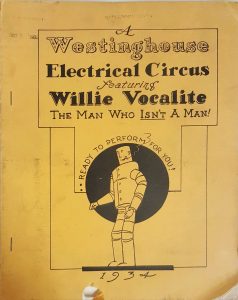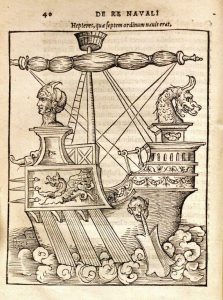
Every day, librarian Janet Stanley and the staff of the Warren M. Robbins Library at the National Museum of African Art work tirelessly in support of the Smithsonian’s guiding purpose: to foster the increase and diffusion of knowledge. This African Art Library plays an essential role in connecting colleagues, researchers, and artists around the world to engage in promoting the critical work that ensures a future of knowledge and discovery of African art.



 At six and a half feet tall and three hundred and fifty pounds, Willie Vocalite was an imposing figure. “The Man Who Isn’t a Man,” as a 1934 booklet uncovered in our
At six and a half feet tall and three hundred and fifty pounds, Willie Vocalite was an imposing figure. “The Man Who Isn’t a Man,” as a 1934 booklet uncovered in our 
